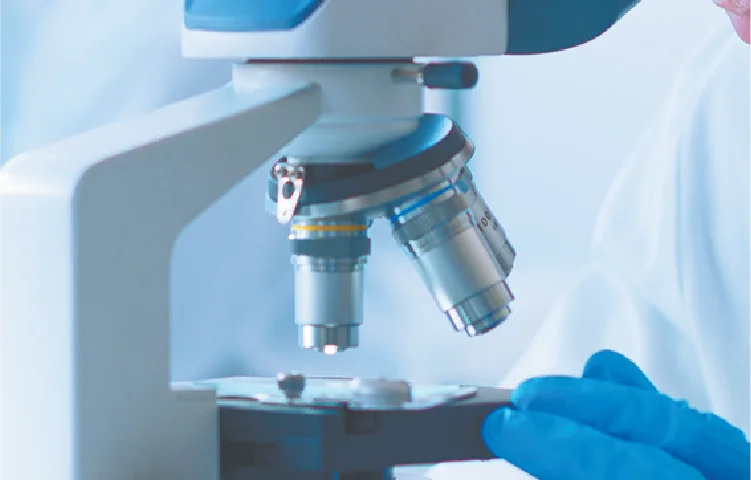Farmed Barramundi
Client.:Australian Barramundi Farmers Association

 Issues/challenges and outcomes
Issues/challenges and outcomes

2) Australian barramundi were substituted with non-Australian barramundi but claimed to be Australia, charging consumers premium for the claimed country of origin.
3) Hospitality groups were claiming to be a certain brand of Australian barramundi but was not actually cooking and selling claimed brand of Australian barramundi"

The provenance program allows for verification of barramundi sold in the markets, retail stores and hospitality venues with claims that they originated from the above-mentioned farms. Verification evidence allows for companies to be able to communicate knowledge and scientific evidence of any tampering.
 Details (what research has been carried out?).
Details (what research has been carried out?).
The provenance program covers Australia’s largest and most trusted barramundi farms nationwide, including Humpty Doo Barramundi, Sealord King Reef Barramundi, TASSAL Cone Bay Barramundi, Infinity Blue Barramundi (Mainstream Aquaculture) Daintree Saltwater Barramundi, Coral Coast Barramundi, Barramundi Gardens and Spring Creek Barramundi.
 How much value has been brought to the economy?
How much value has been brought to the economy?
Report from 2016:
In Australia, such is the demand for Barramundi that the majority consumed is imported (Wilkinson, S. 2012). While 90% of Australians think that the Barramundi they are eating is Australian (Davey, M. 2014). This has placed significant economic pressure on Australian producers, both fishers and farmers, whose costs are significantly greater than Asian imported product due to remoteness of many of the farming and fishing sites and to meet the stringent environmental, labour and food safety standards placed on them by government. An Australian Seafood Cooperative Research Centre study highlighted that Australian 79.3% of survey respondents were willing to pay a higher price for Barramundi that is identified as Australian (Colmar Brunton 2010). (Page 24 - https://www.nuffieldscholar.org/sites/default/files/reports/2016_AU_Dan-Richards_The-Australian-Barramundi-Farming-Industry-Can-Australian-Barramundi-Be-The-White-Fish-Equivalent-To-Salmon.pdf)
Seafood Substitution article (https://news.csu.edu.au/latest-news/beware-misleading-seafood-substitution):
“For example, a survey found that 75 per cent of premises who said they were selling Australian barramundi were selling entirely a different fish which was even a different genus.
"Research also shows that 60 per cent of all barramundi consumed in Australia comes from overseas but half the fish-eating population have no idea.”
Report from 2022:
In the case of Barramundi, we estimate that imported product fetches a whole fish price 40% of the price of Australian product (e.g., $10/kg whole for Australian fish and $4/kg equivalent for imported)
to supply a product that the consumer assumes is all Australian. (https://documents.parliament.qld.gov.au/com/SDRIC-F506/FLSAB2021-3343/submissions/00000008.pdf)
In 2023, 11.8% of seafood labeled were found to not be what the label claims it to be.
(https://www.nature.com/articles/s41598-023-37066-4
https://www.inqld.com.au/insights/2023/08/04/something-fishy-10-per-cent-of-seafood-we-eat-is-not-what-we-asked-for)
 Press information, etc.
Press information, etc.
Please feel free to contact us for any inquiries regarding our services.


